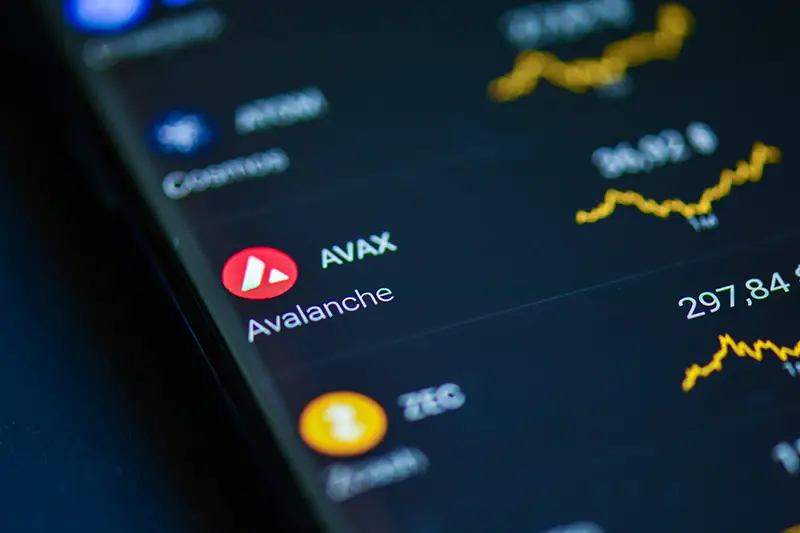Click here to get this post in PDF
Avalanche (AVAX) is an open-source cryptocurrency that is smart contract compatible. It was created in 2018 by a pseudonymous cluster of programmers dubbed themselves “Team Rocket” and unveiled by AVA Labs in 2020. The project aimed to build a democratic Proof of stake (PoS) system that could be more effective than popular Proof of Work (PoW) networks like Bitcoin but possess a comparable feature. In a nutshell, AVAX tries to imitate POW’s manner of conduct, albeit on a more effective scale, which could lessen energy usage and also be a little more eco-friendly. Part of this particular aim is to function as a “platform of platforms, to assist developers of numerous types.’ Speaking of which, a trader must also get appropriate knowledge about cryptocurrencies to become a part of the crypto world and follow the proper steps to become the market king.
Misconceptions regarding AVAX
It’s just one chain
Avalanche consists of three smart chains beneath the surface area. These chains are known as the P chain, the X chain, and the C-chain. The X Chain is utilized for transactions, generating and changing indigenous tokens on the platform, such as the AVAX token. Much like Cardano, native tokens can be made by a process.
The C chain takes care of the smart contracts programmed by owners, which is completely compatible with ETH’s smart contracts because they both make use of the same foundation building for code, Solidity. The P-chain is additionally where users can make their very own stand-alone chains for any function they might have. Three chains provide high flexibility, which is truly a plus point. AVAX is competitive with Ethereum in lots of aspects, and it is compatible with Ethereum, so customers can quickly change from ETH to AVAX. This can eliminate a bit of the FUD that surfaces in lengthy positions.
So long as AVAX is linked with ETH, the two companies will likely remain around for at least some time. If one of these three smart chains chooses to leave ETH for any reason, it can quickly go to an AVAX position.
It is Decentralized
It is a common myth for many proof-of-stake networks, AVAX being just one. At present, AVAX isn’t sold widely. Many of the group and the first investors maintain a significant amount of present supply. 30 most popular AVAX wallets keep 30% of the circulation quantity. The system hasn’t been put through as many stress tests both in the testing and field, apart from whales with an important effect on the price. AVAX remains fairly new in the cryptocurrencies industry, having just begun trading in 2020, along with needs to build up other, mindshare, and investment elements that lead to better division.
AVAX is not a part of ETH 2
Although ETH and AVAX are both smart contract platforms that can exchange data with one another, that doesn’t imply that AVAX is a successor to Ethereum. Possibly the most noticeable distinction is in gas charges. ETH’s gasoline costs are extremely high, whereas AVAX’s are minimal, so what makes them different from one another?
ETH is presently using a PoW process, though it’s likely to shift to some PoS system soon. Presently, AVAX is operating on a PoS computer that utilizes less power and enables the network to run better. If ETH moves to PoS, nonetheless, this won’t make AVAX a useless system. AVAX’s goal is to imitate a PoW process without the need to restrict the power use associated with a conventional PoW system, for example, Bitcoin. The scalability issue is additionally dealt with by AVAX and is designed in this trend. Creating an innovative blockchain technology offers opportunities to find out from earlier generations; that is among the benefits.
You may also like: Technology and its Influence on Bitcoin
Image source: Shutterstock.com

